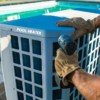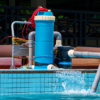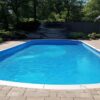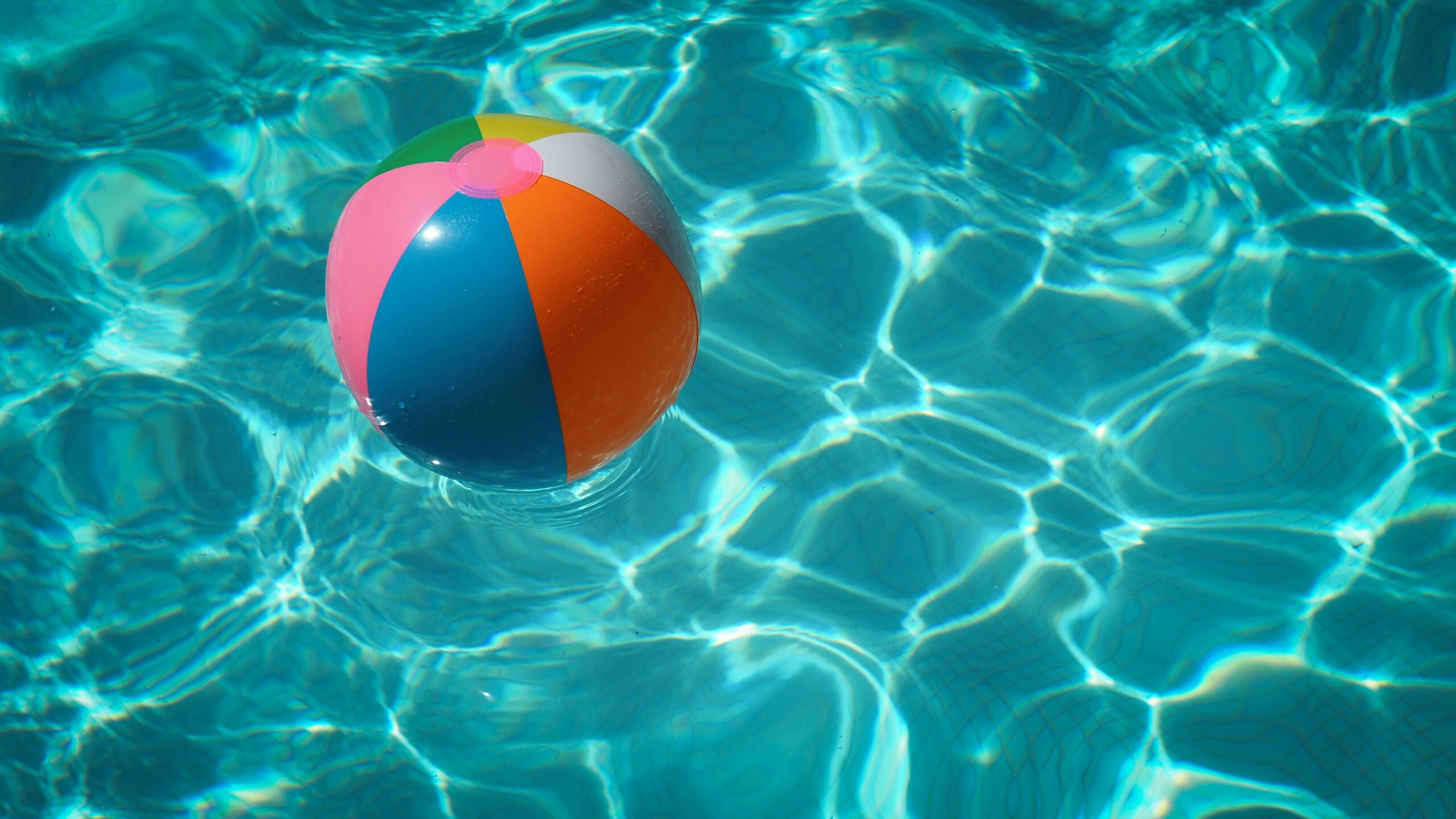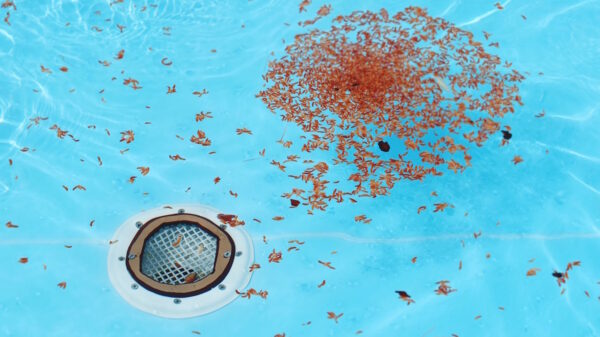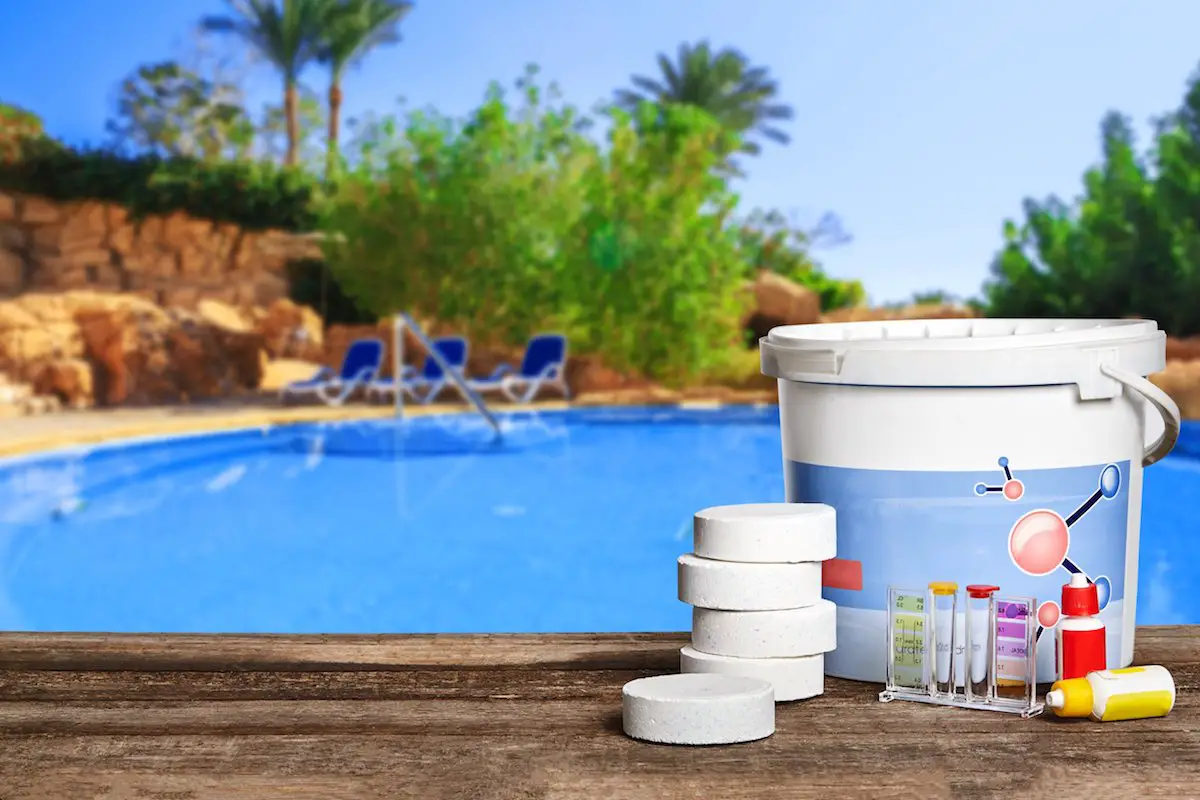In the end, it all comes down to personal preference. When you’re looking for an above-ground pool, there are a variety of sizes, materials, and needs that everyone appears to have when it comes to what should go in your backyard, so what should you buy? This should be the question. But if you’re struggling to make a decision and are stuck on what size pool to buy, don’t worry. You’re not alone.
When it comes to above-ground pools, the most popular size seems to be the 12-foot by 24-foot pool. This is a great size for families or people who entertain often, as it’s large enough to accommodate a good number of people but not so large that it becomes a hassle to maintain. Plus, this size is also relatively affordable, which is always a bonus.
When buying an above-ground pool, what size is most popular?
The most common size for above-ground pools is 12 feet long by 24 feet wide. This size is large enough to accommodate a lot of people while still being manageable. Furthermore, this pool size is also quite reasonable. It is easy to maintain along with pest control maintenance. When there is water there are pests close by.
It is also the most common type, which means there will be more of it produced and more of it will be accessible. It is a fantastic size for families or people who entertain often. The question to ask is whether or not this above-ground pool is suitable for our family and backyard, even though it is popular.
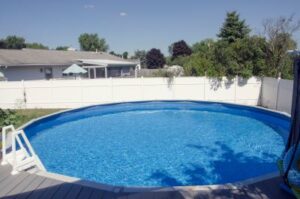
What Should You Look For When Shopping For An Above Ground Pool?
There is always excitement when buying your above-ground pool. You want the largest you can. You need to think what is the best size for your family. When it comes to purchasing a pool, you don’t have to spend the most money. You should select the best pool for your needs. Consider these things:
What Pool Size Works Best For You?
Pools are available in both round and oval shapes, in several sizes. The more swimming space you have, the better. Oval pools need extra bracing, which makes them a bit more expensive and difficult to install.
- Keep in mind that most cities have rules about how near your pool may be to your home and property line.
- They’ll also tell you how close to a power line you can build.
- You should generally be five feet from a property line, five feet from an underground power line, and ten feet away from an overhead power line.
- Most people want a large pool.
- You need to think of the accessibility to it with your size of the yard. Can the kids still play in the backyard?
Even a hundred dollars can make a difference in the size of the pool you get and maintain the water in its costs along with the first filling of the pool.
What Is The Height Of The Wall?
Pool walls are generally 48, 52, or 54 inches tall. Almost all above-ground pools had 48″ walls when pool construction first began.
- You fill a pool 4 inches from the top and put sand at the bottom to ensure that it holds 3’6″ of water.
- Many people wished they were deeper, manufacturers started producing 52″ and 54″
- The most popular pools are now 54 inches in height, and they can contain 4 feet of water.
A difference of two inches may not seem like a lot, but you will certainly notice it when you’re swimming.
What Type Of PoolWalls Do I Need?
The most significant feature of a pool is the wall, which supports the weight of the water. Pool walls are constructed of either galvanized steel, aluminum, or vinyl.
- Both are quite durable, but aluminum walls provide a longer lifespan from rustproofing.
- Steel walls are available with plain enameled galvanized steel or for more protection, resin coats the steel.
- This will provide extra protection from corrosion and will usually last about 5 to 10 years longer than galvanized steel walls without the coating.
- Vinyl liners are also available in a variety of colors and thicknesses.
- The liner is placed over the wall frame and can be expected to last about 7 to 12 years with proper care.
There are three types of wall materials:
Galvanized Steel
- These are the most economical but also the shortest lasting. They will last about 5 to 10 years before rusting through.
Aluminum
- These walls will last 20 to 30 years and are more expensive than steel walls.
Vinyl
- Vinyl is the most expensive but also the longest-lasting. They will last about 7 to 12 years with proper care.

Skimmer Service Panel
Steel wall pools are available in a variety of shapes and sizes. An aluminum service panel is commonly included to provide rust prevention at the point where your plumbing enters the pool through the steel wall. This can be important since a leak here might cause rust on a plain steel wall pool.
Top Ledges
The top rings of your pool are made up of the top ledges. They’re significant since they’re the portion of the pool that you see the most while you’re in it, except the liner.
- They are also exposed to direct sunlight and water, which makes them particularly susceptible to corrosion.
- Galvanized steel, resin-coated steel, or aluminum are all durable choices for top ledges.
- Corrosion is the most significant disadvantage of composite resin.
Steel ledges are a fantastic option because they are both sturdy and cost-effective. They have several coats of protection applied to avoid rust and corrosion.
What Is The Size Of The Ledge?
Pools also have a variety of ledge widths, which range from 1 inch to 12 inches. It is important to remember that anything less than 6 inches is not going to last and anything more than 8 inches isn’t worth the extra cash.
What Are The Pool Steps Made Of?
Most pool steps are made of resin or fiberglass because these materials will not corrode like steel.
- Resin is a little less expensive than fiberglass, but both options will provide many years of service.
Some companies offer steps made of stainless steel, but we feel that this is a waste of money since they will eventually corrode.
What Type Of Uprights Do I Need?
The vertical supports on the pool’s sides are the uprights. The top ledge of the pool is supported by these horizontal braces.
- These braces are frequently constructed of galvanized steel or resin-coated galvanized steel.
- As the Top ledges get wider, these uprights must also grow to support them.
- Because of the resin coating, we feel that the resin-coated steel uprights are the best choice.
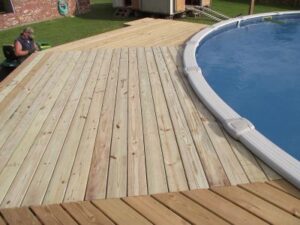
When You Choose A Oval Pool Needs A Oval Brace System?
Pools with uniform water pressure all around the pool are called equal-pressure pools. They don’t require any extra braces because of this. Oval pools, on the other hand, are quite different.
- The narrower sides of an oval pool have more pressure than the curved ends due to the difference in water pressure at various points along the pool’s circumference.
- This uneven pressure can cause the pool to bulge or even collapse if not properly supported.
- To avoid this, an oval pool must have an oval brace system installed.
- This system consists of horizontal and vertical braces that are placed around the pool to support it against the water pressure.
While this may seem like a lot of work, it is quite simple and can be done by anyone with basic handyman skills.
There Are Two Kinds Of Bracing Systems:
Buttress Oval
- The most common and simplest to install of the two is the Buttress oval.
- This method employs braces that extend approximately 33″ from the foundation of the wall and a second brace that extends to around the center of the upright.
- When selecting a pool location in your yard, keep these braces in mind so they will not interfere with any other objects or landscaping in your yard.
Compact Bracing System
- The technique of bracing a pool without the use of cables is called a compact bracing system.
- These systems employ pressure plates beneath the pool and heavy gauge steel beams to support the lateral force of the pool.
- Because the plates are below the water, these braces only protrude out 10” from the pool’s base.
- As a result, they do not extend into your yard like the Buttress oval system and are barely noticeable.
Conclusion
The most common size for an above-ground pool is 24 feet. Round pools are the most popular, but oval-shaped pools are also available. The material of the pool’s ledges and uprights can be made from steel, resin-coated steel, or aluminum. Most pool steps are made of resin or fiberglass to avoid corrosion. Pools with uniform water pressure all around the pool are called equal-pressure pools and don’t require extra braces.
Oval pools, on the other hand, require an oval brace system to support against uneven water pressure. The most common type of oval brace system is the Buttress oval, which employs braces that extend out from the pool’s foundation. Another type of oval pool support is the compact bracing system, which uses pressure plates and steel beams below the pool to support it. Whichever type of pool you choose, make sure the size and shape will fit well in your backyard before making a purchase.


